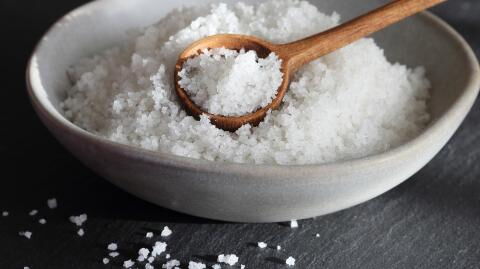Cooking rice is so simple that anyone can do it, but there are certain steps that should not be overlooked. Rice must be washed, or rather, rinsed, before being cooked. Here's why you shouldn't skip this essential step!
Discover our latest podcast
Here's why you should always rinse your rice
There are many ways to cook rice in different countries and cultures. But if you look at Africa or Asia, the tradition is to rinse rice thoroughly. One of the most obvious reasons for this is that it can contain dust, sand, or small insects that you obviously do not want on your plate when you eat it. The rice, once harvested, is stored in bags before being exported and packaged. It is thus advisable to rinse it with clean water to ensure that the product is clean and free of any residue that cannot be eaten.
The second reason why it is recommended to rinse rice is that it contains a lot of starch. Starch makes rice grains stick to each other and certain types of rice like basmati, jasmine, and other long-grain rice are not meant to be sticky. It can also make it less digestible depending on the variety.
If you are making a recipe that involves sticky rice you should still probably rinse the rice one or two times to get rid of the dirt and dust. However, other types of rice should be rinse more rigorously.
Read more:
⋙ People are only just realising the real way to use stock cubes while cooking
⋙ People shocked to learn right way to cook pasta that saves you money
How to rinse your rice properly

It is highly recommended to rinse the rice before cooking it and eating it. However, if you are not familiar with this practice, this step can seem enigmatic. Here are some tips on how to rinse rice properly.
Rinse with water
Remember, rice is not 'washed' it is rinsed so there is no need to use any products for this.
While the rice is in water, use your hands or spoon to stir and mix the rice around. This will get rid of the starch and you'll see the impurities floating in the water giving it a cloudy appearance.
How many times should you rinse it?
Repeat the process several times. In certain cultures, they suggest doing the process until the water runs clear.
You can also soak the rice for several dozen minutes in a large volume of water and then rinse it.
Next, you will need to cook the rice in a new volume of clean water in a saucepan, pressure cooker, or rice cooker.
For those of you who do not want to waste all that water, you can also put it to good use by washing your hair with it.
Find out more about the benefits of washing hair with rice water here:















